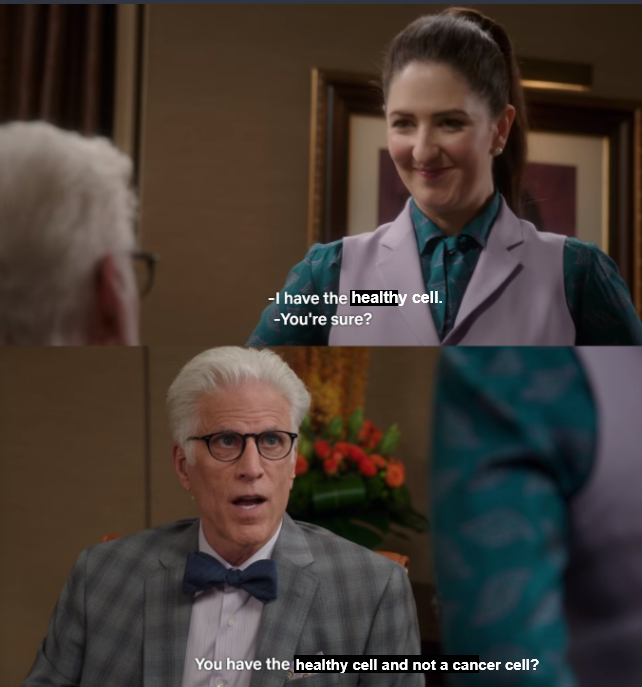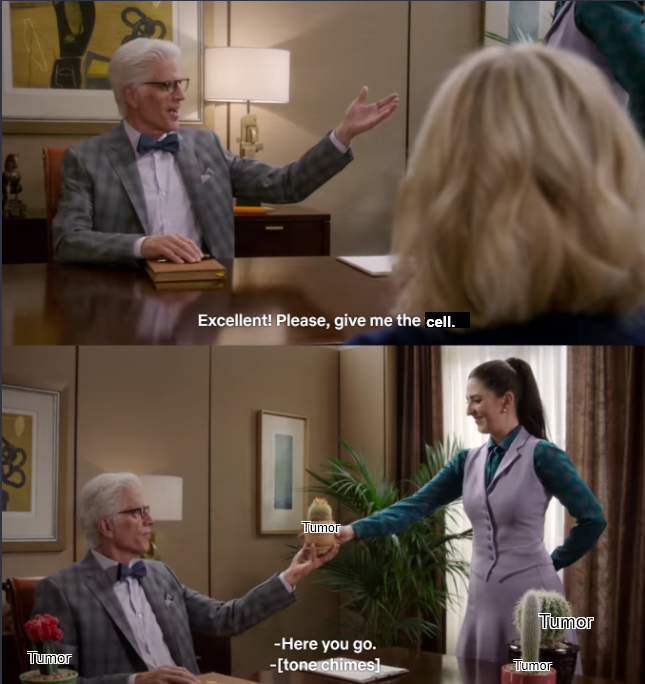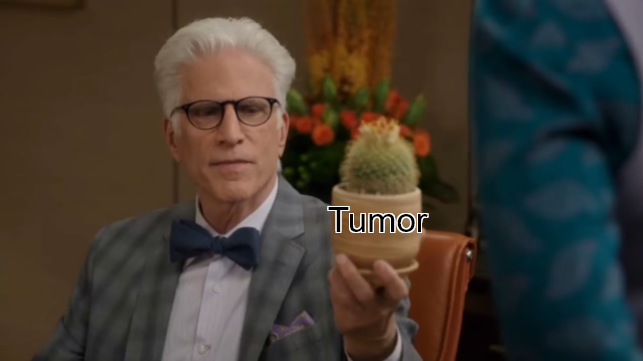Write a summary of a genetics related coronavirus article from a popular news source.
“Does Covid-19 Risk Depend On Blood Type? More Research Points To Yes”
Forbes Magazine posted an article on their website describing recent findings between COVID-19 and genetics. The first are studies posted in Blood Advances[2,5] which suggests people with type O blood are less likely to test positive for COVID-19 and less likely to have severe symptoms. The Danish study[2] noted people with type O blood were 13% less likely to test positive and people with blood types A and AB are associated with increased risk of severe symptoms. The study compared data from 473,000 tests for COVID-19 from a 2.2 million person control group. Having such an ethnically homogenous country makes for a great control group when health care is public and data is accessible to the researchers. Blood types will vary considerably due to different ethnic groups and countries, and a control population can be hard to maintain. They found that patients with blood type A or AB were more likely to require ventilation and kidney dialysis and had longer stays in intensive care units.
Genetic testing company 23andMe[1] released data on a study with more than 750,000 people and found that people with type O blood were between 9 to 18% less likely to test positive. 23andMe has access to 12 million already sequenced people with a large test pool consenting to take part in the study. They’ve found that a gene on chromosome 3 has a specific variant that coincides with blood type. A study in Spain and Italy[4] found that those with type A blood were at increased risk for respiratory failure and type O had a “protective effect.[3]” with 35% lower risk. The study also found that many of the cases had a similar variant on the gene that codes for blood type. Studies done by Harvard Medical School[6] and Columbia Presbyterian Hospital in New York did not find an independently associated link between blood type, although they did find that people with blood type B and AB were more likely to test positive for the virus. They also found symptomatic people with blood type O were less likely to test positive.
Though the findings are still being discussed, these studies have brought in new data about the nature of the virus and it infects cells. The link between blood type and the possibility of testing positive for COVID-19 still needs to be studied to use this information in a meaningful way. While correlation does not equal causation, the data is consistent over the span of these studies mentioned in the article. However, as stated, “[..] ABO blood typing still shouldn’t be considered predictive in patients who get Covid-19.”
Works Cited
1. 23andMe finds evidence that blood type plays a role in COVID-19. 23andMe Blog. Published June 8, 2020. Accessed October 27, 2020. https://blog.23andme.com/23andme-research/blood-type-and-covid-19/
2. Barnkob MB, Pottegård A, Støvring H, et al. Reduced prevalence of SARS-CoV-2 infection in ABO blood group O. Blood Adv. 2020;4(20):4990-4993. doi:10.1182/bloodadvances.2020002657
3. Gajewski M. Does covid-19 risk depend on blood type? More research points to yes. Forbes. Accessed October 27, 2020. https://www.forbes.com/sites/mishagajewski/2020/10/14/does-covid-19-risk-depend-on-blood-type-more-research-says-yes/
4. Group TSC-19 G. Genomewide association study of severe covid-19 with respiratory failure. New England Journal of Medicine. Published online June 17, 2020. doi:10.1056/NEJMoa2020283
5. Hoiland, RL. Fergusson, NA. Mitra, AR. Griesdale, DEG. Devine, DV. Stukas, S. Cooper, J. Thiara, S. Foster, D. Chen, LYC. Lee, AYY. Conway, E. Wellington, CL. Sekhon, MS. The association of ABO blood group with indices of disease severity and multiorgan dysfunction in COVID-19. Blood Adv. 2020;4(20):4981-4989. doi:10.1182/bloodadvances.2020002623
6. Latz CA, DeCarlo C, Boitano L, et al. Blood type and outcomes in patients with COVID-19. Ann Hematol. 2020;99(9):2113-2118. doi:10.1007/s00277-020-04169-1






